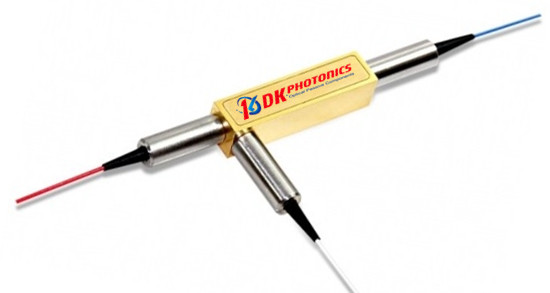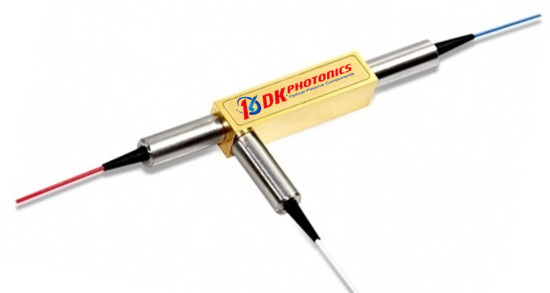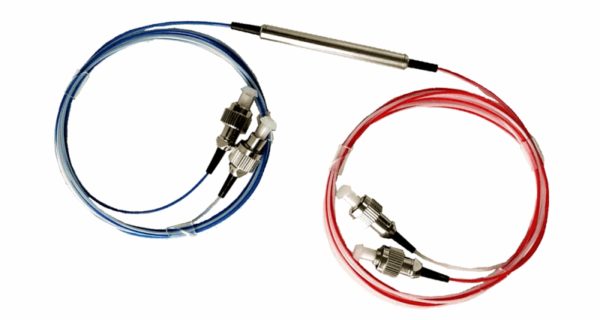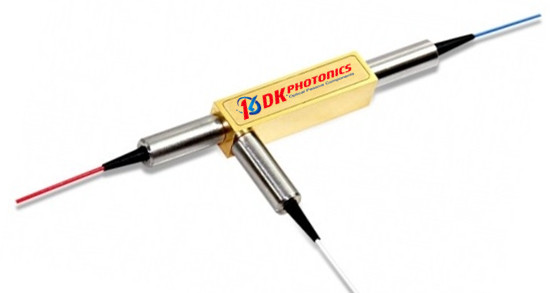In simple terms, an optical circulator is a fiber optic device with three or four ports designed in a way that the light entering from any port exits from the next port. This implies that if a light wave enters from port 1, it emits from port 2; however, if some fraction of the emitted light wave is reflected back to the circulator, it exits from the port 3 rather than coming out of port 1. This working is analogous with the working of an electronic circulator.

Fiber optic circulators are used to separate optical signals traveling in opposite directions in an optical fiber. They are commonly used for bi-directional transmission over a single fiber. But, there are polarization insensitive optical circulators in the market which are gaining high popularity in electronics and telecommunication industry. What are these? How are they different from ordinary ones? Let’s check out.
Polarization Insensitive Optical Circulators
This special type of optical circulator is a non-reciprocal fiber optic device that routes incoming light wave from any port to the next and sends the rejected part of the light wave to third port instead of the first port.
Here, non-reciprocal means that if there is any change in the property of the light wave caused by traveling through the fiber, it will not reverse by traveling in the opposite direction.
It is a compact high performance light wave component which functions similar to an isolator. It protects the input fiber from returning power and also allows the rejected/reflected light to be employed.
The benefit of using these optical circulators is that they are bestowed with high isolation, low insertion loss, low polarization dependent loss (PDL) and various other remarkable features.
As these circulators are polarization insensitive, they are highly desirable in a variety of applications. For instance, linearly polarized beams with different polarization states and polarization multiplexed beams are extensively used in optical telecommunication systems where the use of polarization sensitive circulators is extremely limited.
They find their wide usage in a number of applications such as fiber gratings and other reflective components in DWDM systems, bi-directional communication systems, dispersion compensation, wavelength add/drop, high speed systems, EDFA applications, optical time domain reflectometer (OTDR) measurements, etc.
Polarization insensitive optical circulators are available in multifarious specifications, however, if available specifications are not suitable for your applications, you can also order custom optical circulators.
Salient Features:
- High isolation
- Low insertion loss
- Low polarization distribution loss
- Excellent stability
- Superior reliability
- Optimum performance
General Applications:
- Optical fiber amplifier
- Fiber optic sensor
- DWDM systems
- Pump laser source
- Instrumentation
- Test and measurement
- Optical communication systems
- Fiber Gratings
If you also have a requirement for polarization insensitive optical circulators in standard or customized specifications, contact today one of the reputed optical circulator manufacturers.


